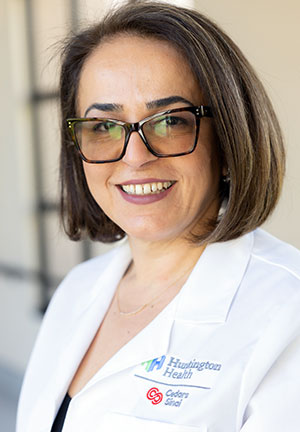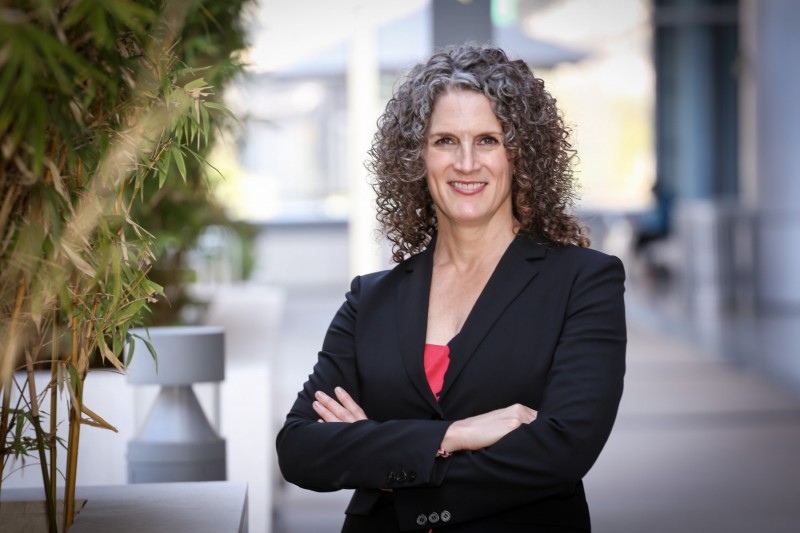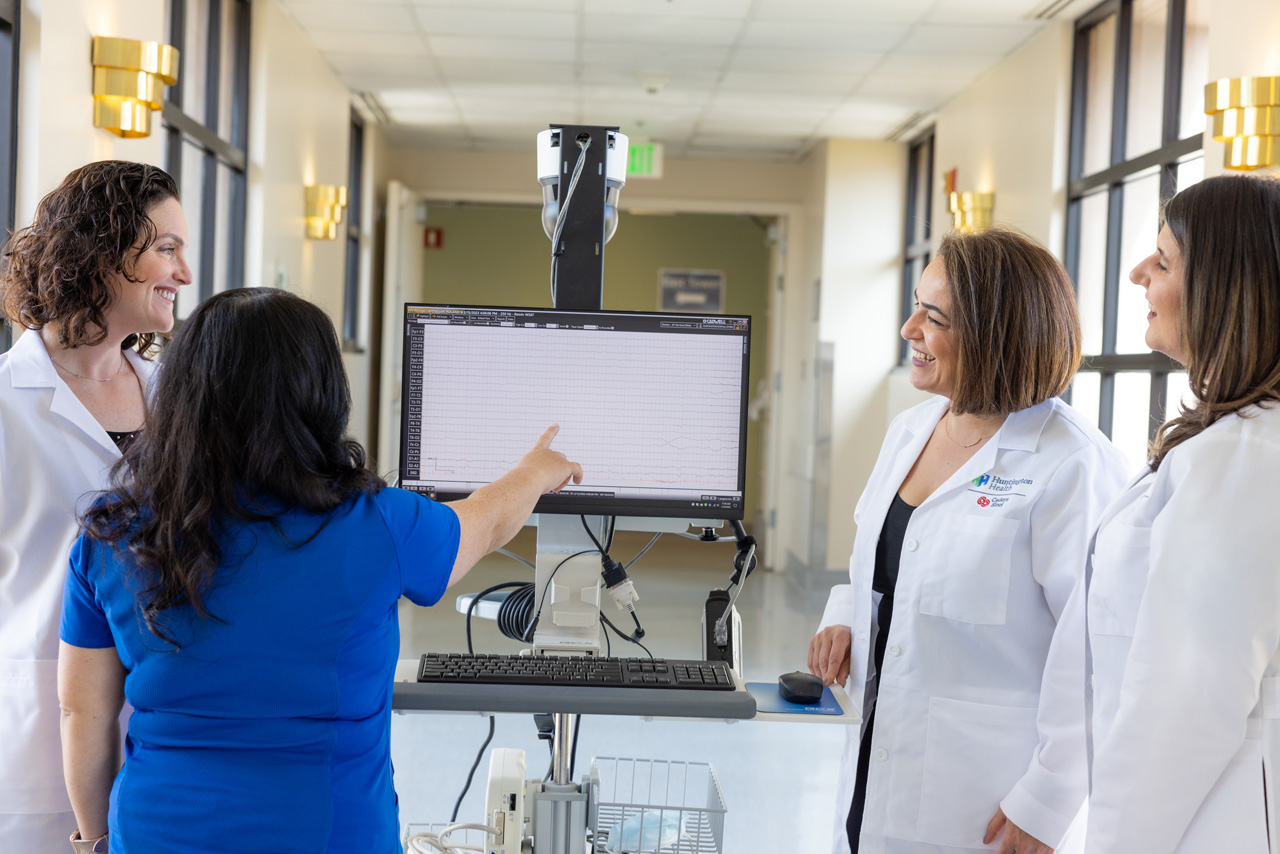Cedars-Sinai and its affiliate Huntington Health are collaborating on a new Epilepsy Monitoring Unit to bring treatment and care closer to epilepsy patients in the San Gabriel Valley.
Epilepsy causes intense bursts of electrical activity in the brain, resulting in seizures that can affect muscle control, speech, vision and awareness. Seizures can be controlled with medication in the majority of cases. However, medication alone doesn’t control symptoms for about one-third of the 3 million U.S. adults with epilepsy.

The new Epilepsy Monitoring Unit at Huntington Hospital allows patients with uncontrolled epilepsy to be evaluated locally, referred to Cedars-Sinai for advanced treatment as needed, and then to continue their care with their Huntington Health neurologist.
Patients with drug-resistant epilepsy shouldn’t delay being evaluated for further treatment, said Avriel Linane, DO, medical director of the Epilepsy Monitoring Unit at Huntington Hospital.
“Uncontrolled seizures increase a patient’s risk for sudden unexpected death in epilepsy, and for injury during seizures,” Linane said. “They affect patients’ lives, whether they can work, whether they can drive, and their ability to care for their children. Our goal is to help them get their lives back.”
Opened last August with the support of donors, the unit at Huntington includes remodeled patient rooms equipped with cameras and bedside electroencephalogram (EEG) monitoring to measure brain wave activity.
Patients who come to the unit have 21 EEG electrodes—each correlating with a different part of the brain—placed noninvasively on the scalp. Staff neurologists taper off or discontinue a patient’s seizure medications, then continuously monitor patients over several days to record seizure activity. This monitoring is the first step in determining where in the brain the seizures originate.

Linane and neurologists Yafa Minazad, DO, and Adena Shahinian, DO, personally monitor patients during their stay, tracking seizure activity, adjusting medications as needed and deciding when sufficient data has been collected so the patient can go home.
Patients also might undergo MRI, PET and other imaging studies, and neurocognitive, memory and language testing. When testing and monitoring are complete, each patient’s information is discussed at a meeting between Huntington and Cedars-Sinai epilepsy physicians and nurses.
“We go over the patient’s history and imaging and watch the EEG and video together so that everyone becomes familiar with the patient,” said Linane. “Then we decide as a group of neurosurgeons and epileptologists what the best next steps might be.”
Patients who need more extensive treatment can undergo surgical procedures at Cedars-Sinai to place electrodes into or on the surface of the brain, followed by in-hospital monitoring to more closely pinpoint the origin of the patient’s seizures. In some patients, a surgical procedure to remove the abnormal portion of brain identified by these evaluations could eliminate their seizures.
Other patients may be candidates to receive a neuromodulation device, such as a vagus nerve stimulator, responsive neurostimulator, or a deep brain stimulator. These devices, implanted at Cedars-Sinai, send electrical signals into the brain to reduce the frequency of seizures.
This means less travel time without compromising patient care.

“It’s a great model that has worked well for us in other programs,” Bateman said. “People stay close to home, they receive excellent care, and they like it.”
“The goal of this collaboration is that patients have their initial evaluation at Huntington Hospital, then are referred to Cedars-Sinai for certain types of specialized testing and surgical procedures,” said Lisa Bateman, MD, director of the Cedars-Sinai Surgical Epilepsy Program. “After post-procedure evaluations, they can return to their providers at Huntington and continue to receive their epilepsy care there.”
 English
English Espanol
Espanol 简体中文
简体中文 Tagalog
Tagalog հայերեն
հայերեն 한국인
한국인 Tiếng Việt
Tiếng Việt فارسی
فارسی русский
русский 日本
日本 عربي
عربي